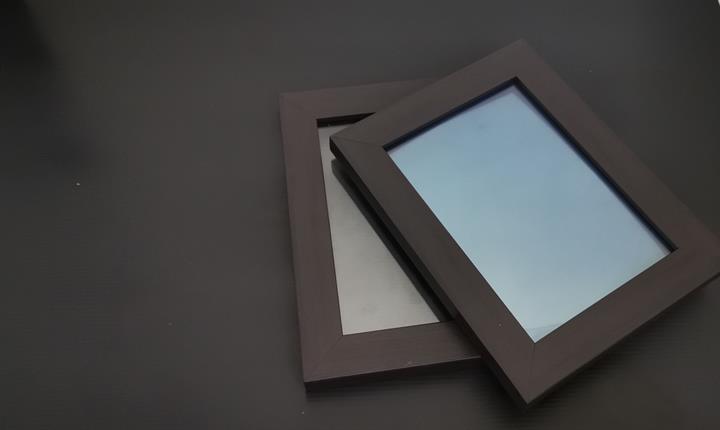Para qué sirve
IT champions the issues of UV sequestration, better access to solar energy for climate change mitigation and supporting the local agriculture industry hit by calamities by upcycling crops that would otherwise be considered wastes thus, mitigating farmer loss.
Qué te inspiró
1 Excess UV exposure in urban areas are being induced by glass buildings. The inspiration for the solution came from how Auroras were made. High energy(gamma, UV) are degraded to low energy state (visible light) by luminescent particles in the atmosphere. The tech is based on this concept and used similar functioning particles. 2 Solar Farms are built horizontally and never vertically, until now. Since AuREUS captures UV, it can produce electricity even when not facing the sun. Buildings clad on all sides with AuREUS become vertical solar farms. 3 Crops easily spoil and cause losses to farmers. With this tech, wastes can now be upcycled.
Cómo funciona
Both AuREUS devices (Borealis Solar Window and Astralis Solar Wall) uses the same technology derived from the phenomena that governs the beautiful Northern and Southern lights. High energy particles are absorbed by luminescent particles that re-emit them as visible light. Similar type of luminescent particles (derivable from certain fruits and vegetables) were suspended in a resin substrate and is used as the core technology on both devices. When hit by UV light, the particles absorb and re-emit visible light along the edges due to internal reflectance. PV cells are placed along the edges to capture the visible light emitted. The captured visible light are then converted to DC electricity. Regulating circuits will process the voltage output to allow battery charging, storage, or direct utilization of electricity.
Proceso de diseño
The idea evolved from continuous pivots and iteration from the simple idea of wanting to capture UV light to better the solar technology industry and contribute to creating a sustainable and regenerative environment. Conventional PV cells lack the capability to capture high energy UV light. Creating better materials with such capability has been the journey for 2017 but led to failure. A workaround has been found after taking inspiration from the beautiful Aurora lights. Instead to directly converting UV to electricity, it can instead be degraded first to visible light (solar wind radiation to aurora lights) then later capture the photons instead using conventional PV cells. A candidate to mediate the light degradation principle is the use of Quantum dots. Come 2018, quantum dot technology has been researched but proved to be costly and would take along time to be market ready. By chance, in a dark pub inspiration was drawn from glowing neon plates when exposed to blacklight. 2019 ended with a full academic thesis and several prototypes proving that the concept is feasible. 2020, the possibility of using local fruits and vegetable dyes as key particles for enabling the technology has been focused on. Currently 78 types of local crops has been tested and 9 showed high potential.
Qué lo hace diferente
[VS Quantum Dot Solar Windows:] AuREUS used cheaper materials and as of 2019 has been applied and tested for mech and acoustic properties for building settings. In terms of application, AuREUS has been constantly leading. [VS Solar Panels:] AuREUS can function even when not directly facing the sun, it can rely on UV scattering through clouds and by UV light bouncing along walls, pavements, other buildings. This will enable the construction of a Vertical Solar Farm even with a small lot area. This is highly applicable for skyscrapers in urban settings allowing access to clean renewable electricity. [VS Commercial Grade Windows:] glass cladding used in buildings use special films that reflect UV away from the building. This causes induced UV exposure to people outside. AuREUS absorbs UV light instead, protecting people both indoors and outdoors. [VS Crop Waste Disposal:] AuREUS upcycles fruit and vegetable scraps giving life to materials considered as trash.
Planes para el futuro
R&D: Additional research will be done on extracting needed luminescent particles to allow 100% (from the current 80%) sourcing of dyes from fruits and vegetables instead of chemical ones. Currently, among the 5 colors used (Red, Orange, Yellow, Green, and Blue) a stable alternative to the blue dye has not been successfully made yet. Success in this area will bring sustainability to a full circle. Manufacturing: Currently AuREUS is standing at a 30 panel/mo. production. Additional funding can allow the creation of a team and facility that can increase current capacity Future: Advances in forming for chassis in solar powered transport.
Premios
Two distinctions has been received from the 35th MAPUA EECE Thesis Colloquium, and an invitation for an international presentation in a postponed renewable energy conference.






Share this page on